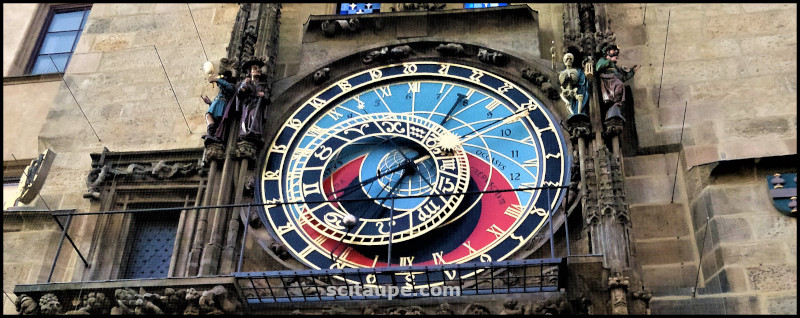
Situated on the Vltava River, the City of Prague is the capital and the largest in the Czech Republic. Located at the heart of Europe, it is one of the continent’s finest cities and a major economic hub. Prague is home to timeless cultural and architectural masterpieces, left behind by the monarchies that once ruled over it. For the very reason, it is often referred to as the Culture Capital of Europe.
Short recap of Prague’s history
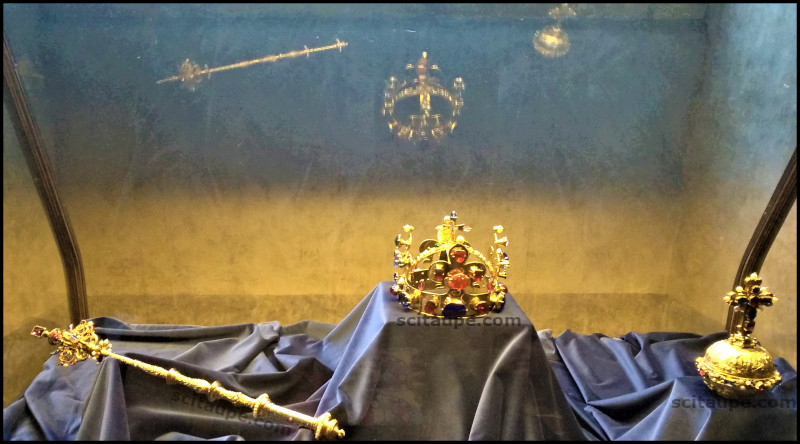
The City of Prague was founded in the Romanesque era. The rise to prominence was fast. It prospered through the Gothic age and into the Renaissance period. For many years, it served as the capital and the seat of power for the Holy Roman Empire. Prague continued to be a city of significance for the monarchies that came after the Roman empire like the House of Habsburg. After the first World War, it became the capital of Czechoslovakia. In 1993, after the split of Czechoslovakia, Prague became the capital city of the new Czech Republic.
Culture Capital of Europe
Prague boasts of being the social and cultural capital of Europe. Gothic, Baroque and Renaissance periods have had significant influence on the city. Prague exudes a powerful mix of cultures and traditions passed down through generations. One can surely feel the buzz while taking a tour of the city.
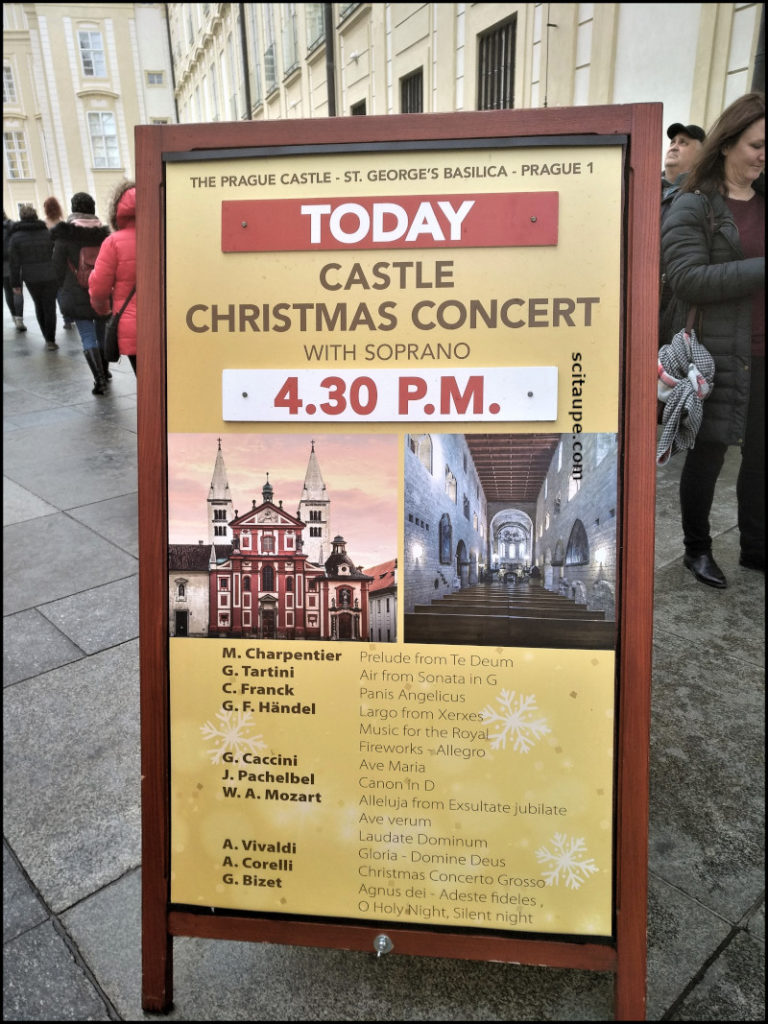
Prague has a renowned and rich musical life. Wolfgang Amadeus Mozart lived here, and his works, Prague Symphony and Don Giovanni were first performed in the city. The annual spring music festival is a heaven for musicians from all over the world. The internationally acclaimed orchestra Czech Philharmonic is native to Prague. Needless to say, theatrical traditions have run strong in the city. The Estates Theater is the oldest in Prague with over 200 years of history. It used to be Mozart’s favorite.
Not to forget, there are great many museums and galleries. Prague even has a Palace of Culture where international gatherings, conferences and other social events are organized. Rightfully, the City of Prague holds the title of “European City of Culture”, conferred in the year 2000.
Rich Architectural Heritage
The City of Prague has always cherished the reputation of being one of the most beautiful cities in the world. Prague proudly speaks to you of its magnificent structures, of bridges and cathedrals, of towers and spires. For the tall towers and spires that dominate the skyline, the City of Prague is described as “City of hundred spires”.
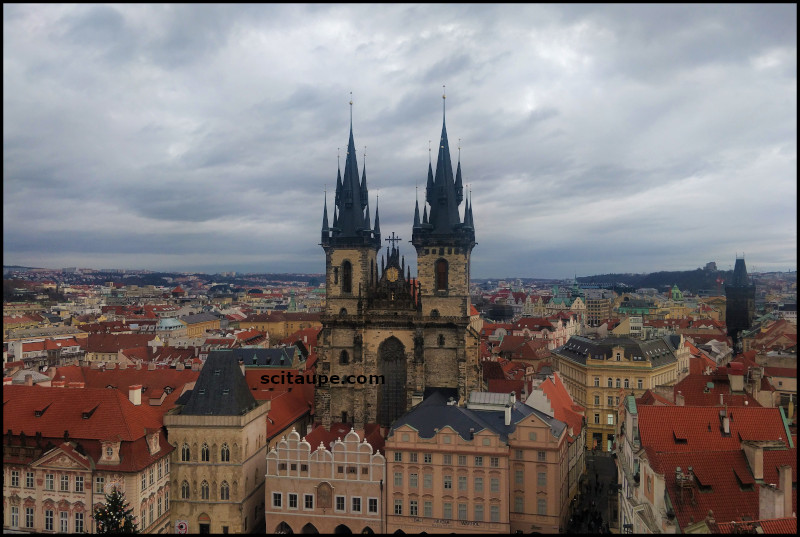
The greatest treasures of the city are the 2000 officially recognized architectural and artistic monuments. These structures have stood the sands of time through the Romanesque, Gothic, Baroque, Rococo, Classical, and Neoclassical periods. Here is list of notable structures that are worth visiting:
| Period | Structure |
| Romanesque | 10th century Church of St. George |
| Gothic | St. Vitus’s Cathedral famous for its twin spires that has become a symbol of Prague, Týn Church, the Powder Tower, Prague Astronomical Clock, Bethlehem Chapel, St. Agnes Convent, built in 1234 and notable for its collection of 14th-century paintings |
| Baroque | the splendid Valdštejn and Clam-Gallas palaces, St. Nicholas Church, and the Antonín Dvořák Museum |
| Rococo | Golz-Kinský famous for the geometric tiling of the palace facade |
| Classical | Bedřich Smetana Museum on the riverside and the elegant Belvedere Palace (the former Royal Summer Palace) |
| Neoclassical | National Museum and the National Theater |
What maketh the City of Prague ?
City Organization
Settlement in the City of Prague has evolved from small riverside settlements to hills, river valleys, and along riverside terraces. The city has four distinctive zones in it’s township.
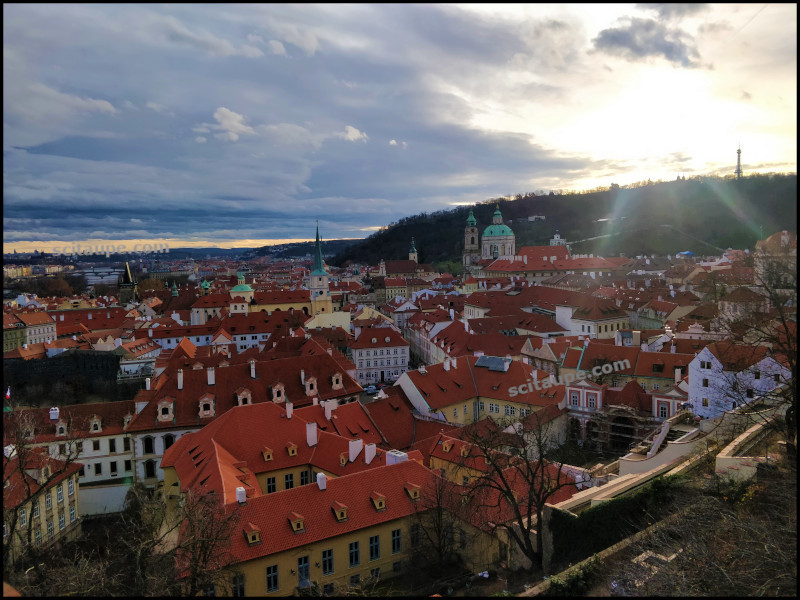
The city’s core, a major employment center, comprises the historic buildings, bridges and museums. Around the core is a mixed zone of industrial and residential areas, containing about half the city’s population and jobs. Surrounding this area is the outer city development zone. This is extended to include newer structures like industries, parks and recreation facilities. The outer most belt is of agricultural land and open countryside that have farms and gardens to satisfy Prague’s demand for food.
People of Prague
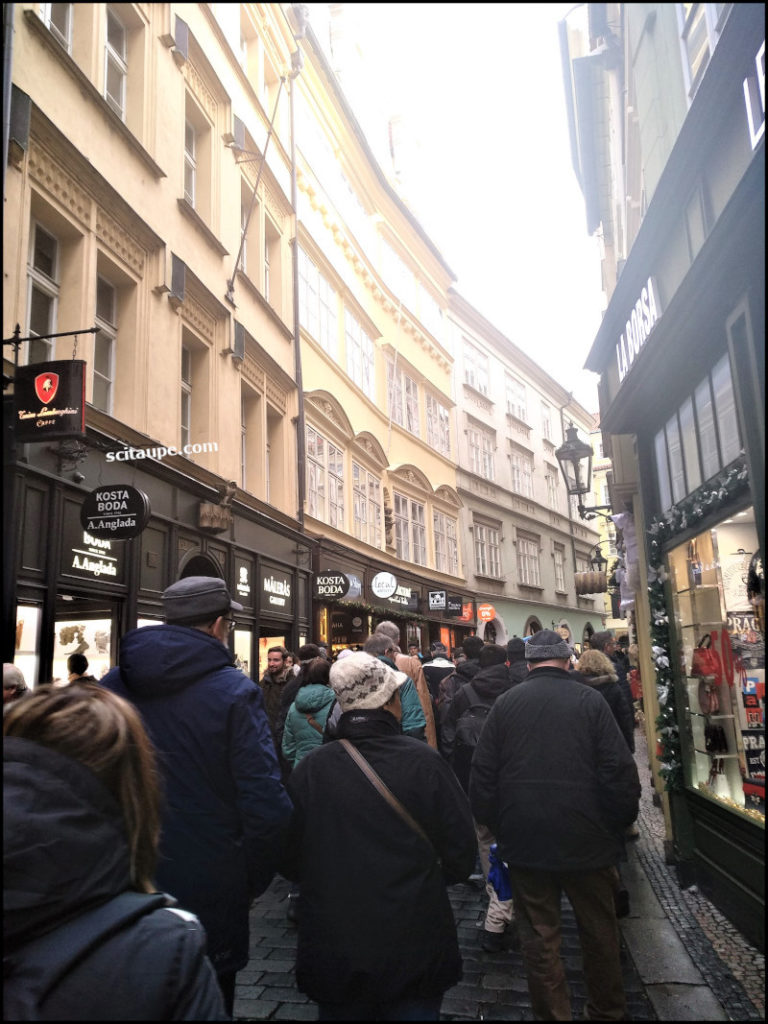
The City of Prague is home to about 1.3 million people, some of them Slovaks and many of them Czechs. The city has a number of demographic peculiarities arising majorly from the effects of World War II. There are more women in the city in comparison to men.
Geography of the City of Prague
Cozily surrounded by mountainous regions, the City of Prague has abundant natural water, resources and scenery. The Vltava River that runs right through the city is responsible for many a breathtaking view and landscape. It is dotted with a great number of islands like the charming Kampa Island and the Slav Island. These islands, a popular tourist attraction, are used to host cultural events.
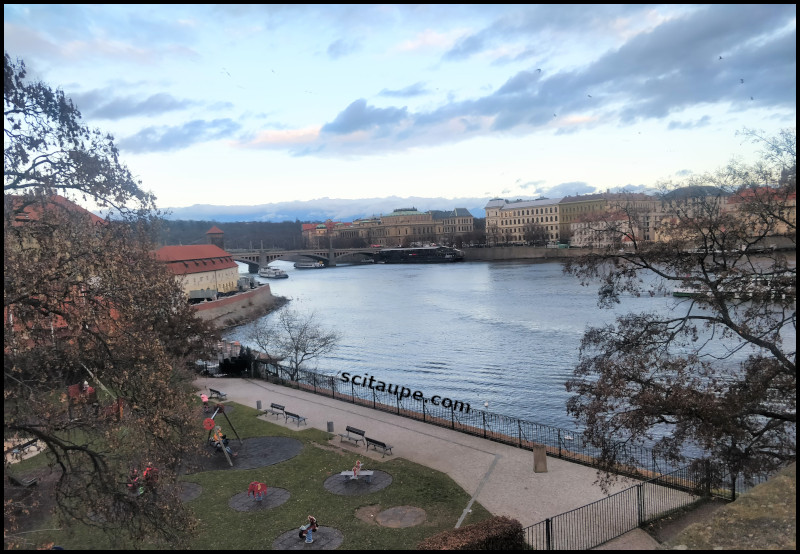
The many parks and gardens, most of which are natural with scenic landscapes, enhance the beauty of the city. Surrounding highlands and the River Vltava are responsible for these. Kinský Garden, Julius Fučík park are a must visit.
Prague, you are so giving!
The city of Prague has centuries of culture, generations of art to offer. No one can ever really return empty hearted. No wonder it is one of the most popular holiday destinations around the world.
1,535 total views, 1 views today



